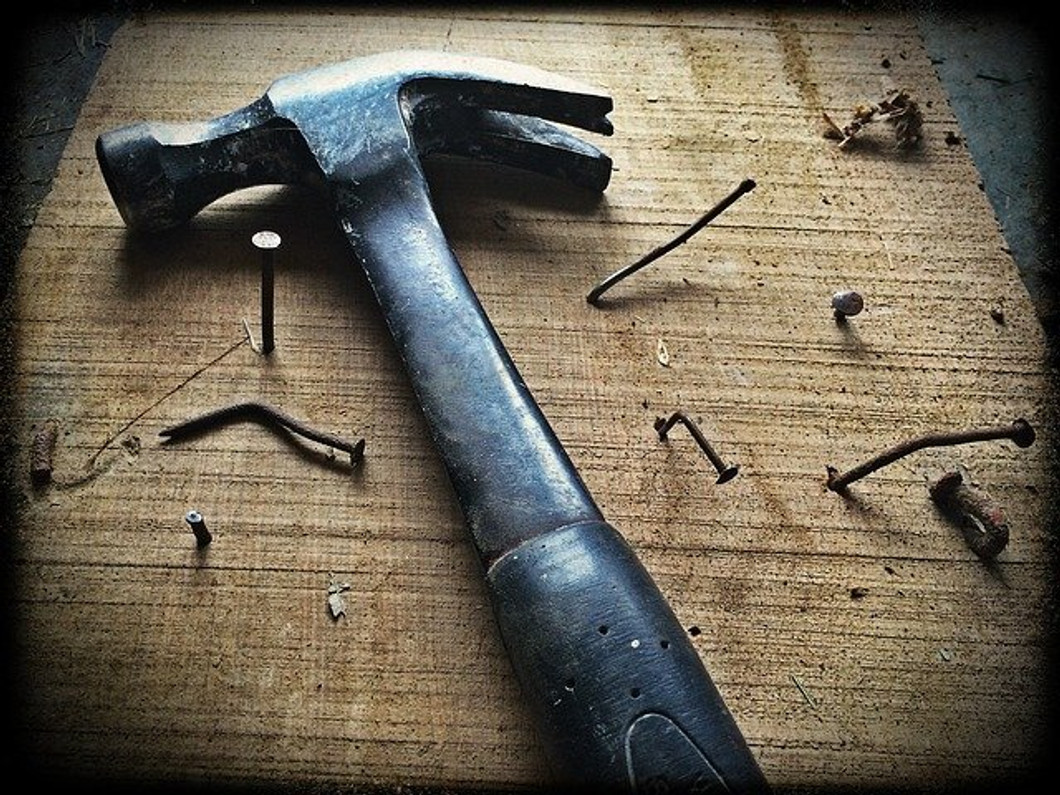5 Safety Tips to Follow When Using a Hammer
Many workers assume that only power tools can cause injury. They believe that manually operated tools are safer because they lack an electrical- or gas-powered motor. While the risk of injury is greater with power tools, even manually operated tools can cause injury. Hammers, for instance, are often a source of injury in the workplace. If your job requires you to use a hammer, you should follow these five safety tips to protect against injury.
#1) Wear Protective Goggles
Always wear protective goggles when using a hammer. Hammering nails into wooden objects or surfaces can create shrapnel in the form of small and thin wooden splinters. As these splinters are released, they can strike your eyes. Fortunately, protective goggles will shield your eyes from splinters and other debris.
#2) Inspect the Head
Prior to using a hammer, inspect the head to ensure it's not loose. All hammers consist of a head and a handle. Over time, the head can become loose, in which case it will longer be secured to the handle. When you strike a nail with the hammer, the head may fall off. If you perform a forceful blow, the head may go flying off the handle and towards your body. To protect against injury, avoid using any hammers with a loose or otherwise structurally unsound head.
#3) Make Parallel Strikes
Another safety tip to follow when using a hammer is to make parallel strikes. If you're trying to drive a nail into a wooden object or surface, for instance, you should strike the nail so that the head of your hammer is parallel to the top of the nail. If you strike it at an angle, it may create shrapnel. Angled strikes can chip wooden objects and surfaces, resulting in injury-causing shrapnel.
#4) Wear Gloves
Along with protective goggles, you should wear gloves when using a hammer. Most hammer-related injuries involve either the eyes or the hands. Wearing gloves won't make your hands immune to injury. They will, however, lower the risk of hand injury when hammering.
#5) Choose the Right Size for the Job
Hammers come in many different sizes. To protect against injury, choose a hammer in an appropriate size for the job with which you intend to use it. If you're driving large nails into a wooden object or surface, you should choose a large hammer to accommodate the large nails. If the nails are small, on the other hand, choose a smaller hammer.
Recent Posts
-
Fire Safety in the Workplace: What You Need to Know
What steps are you taking to prevent fires in your workplace? According to the U.S. Occupational Saf …Aug 23rd 2023 -
Is It Safe to Go Jogging With a Cold Infection?
If you're suffering from a cold infection, you might be wondering whether it's safe to go jogging. T …Aug 22nd 2023 -
5 Safety Tips to Follow When Using a Powder-Actuated Tool
Powder-actuated tools are commonly used to join materials to steel and concrete. Also known as Hilti …Aug 20th 2023




